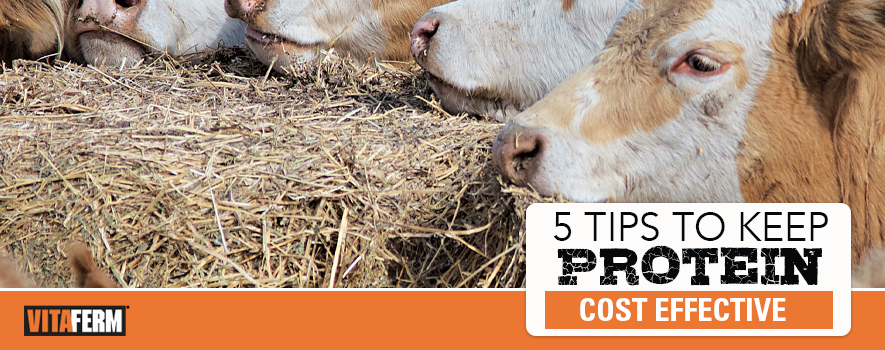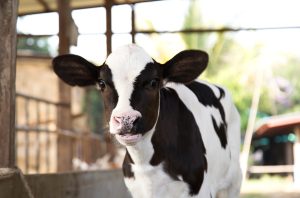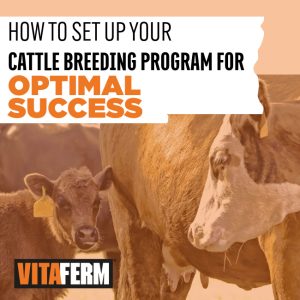The two most vital nutrients in a cow’s diet are energy and protein. Energy plays a vital role in the reproductive and lactation process, calf growth, weaning and overall performance. However, without the proper amount of protein in the diet, the amount of energy and all other nutrient intake and absorption levels can be impacted. Therefore, it is important to think of protein and energy as working in sync, and to know what is in your cows’ diets and supplement them as needed.
“As a nutritionist, when an animal is having breeding or reproduction problems, I look at energy and protein because the cow’s requirement for energy and protein is measured in pounds, not milligrams,” said Kevin Glaubius, Director of Nutrition for BioZyme® Inc. “Think about a cow eating 30 pounds of forage a day and only four ounces of mineral. Less than 1% of her feed is mineral.”
With just a small portion of the overall diet devoted to a mineral program, it is so important to know the nutrient needs of the animal. That is why BioZyme offers complimentary forage testing and ration balancing to its customers. Glaubius said that late August and early September are good times to test forages because producers are likely finished processing hay, and it has had ample time to dry.
“We’ve got to make sure we have energy and protein right first, then combine them with a good mineral package that fits forages. Then, the producer is going to have a lot better success. The forage tests are so important in determining what the producer has and what he needs,” Glaubius said.
Energy requirements peak at breeding through early lactation. Producers don’t want to slack on protein at breeding through calving because this not only impacts the cow’s energy, but also plays an important part in the calf’s immunity and future health. And just as these times are critical to proper supplementation, remember to save some costs on protein supplementation at weaning time. The cows often don’t require this extra protein once the calf is weaned.
Glaubius offers five keys to controlling cost when considering protein supplementation.
- Know what you have. Complete a proper feed and forage analysis to know exactly which nutrients you have in your feed and which you are lacking.
- Know the requirements of your cows. Are they lactating? Are they dry? Have you weaned the calves? Where are you in the production cycle? Protein requirements vary from 7% to 12% protein so knowing that requirement is critical because the closer you get to lactation or in lactation, you might have to feed additional protein. However, at weaning, the grass is low in protein, but the protein requirements are also low.
- Supplement protein only when needed. There is no need to spend extra dollars on protein if your forages contain adequate protein or if you are at a stage in the production cycle when additional protein isn’t necessary.
- Amaferm® provides the same as supplementing roughly a pound of 30% protein by itself. You’re not just buying mineral. Along with that mineral, you’re getting an additive that helps that cow utilize an extra 1/3 of a pound of protein out of the forage the cow was normally wasting and putting back out as fertilizer. Amaferm is a precision prebiotic designed to enhance digestibility by amplifying the nutrient supply within for maximum performance
- BioZyme protein products also contain Amaferm. Actually, all of the livestock supplements that BioZyme makes contain Amaferm, to help increase intake, digestibility and absorption. So even if you feed one pound of a BioZyme 20% protein product, that pound of 20% is going to perform and feed like a competitor’s pound of 50% because of the Amaferm. Producers need to keep the Amaferm advantage in mind when price comparing.
“We want to help producers know what they have, know what they need, and try to optimize and minimize their nutrient costs the best we can,” Glaubius said.



